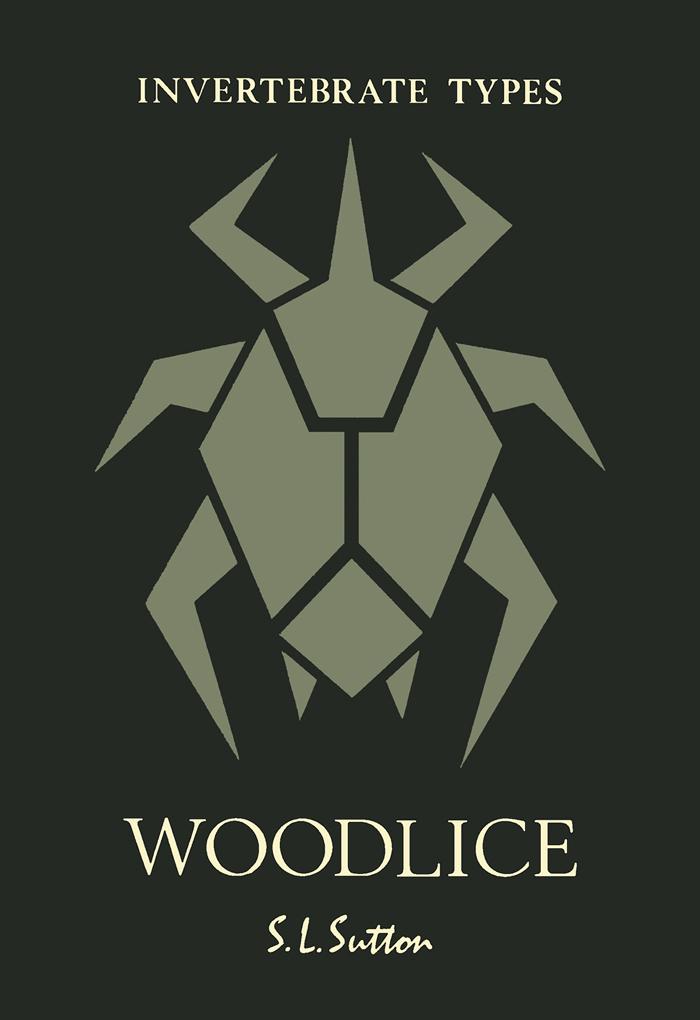Woodlice are one of the few land-living groups of the class Crustacea. In order to live in such a harsh environment, they have evolved many structural and behavioural mechanisms to conserve water. This book covers not only the morphology and physiology of woodlice but also the behaviour, genetics and population ecology. The parasites and predators, and distribution and range of the British species are described. A checklist of British species of woodlice accompanies an illustrated identification key. Practical ideas of study techniques are supported by many suggestions for further investigation - many of which are accompanied by detailed instructions
Inhaltsverzeichnis
1;Front Cover;1 2;Woodlice;4 3;Copyright Page;5 4;Preface;6 5;Table of Contents;8 6;INTRODUCTION;10 7;Chapter 1. Body structure;14 7.1;External structure;15 7.2;Structure of the exoskeleton;20 7.3;Internal structure;22 7.4;Embryology and development;24 8;Chapter 2. Physiology;28 8.1;Water uptake;28 8.2;Water loss;29 8.3;Temperature tolerance;31 8.4;Nitrogenous excretion;32 8.5;Digestion;34 8.6;Respiration;35 8.7;Moulting;35 8.8;Hormone physiology;36 8.9;Sensory physiology;37 9;Chapter 3. Behaviour;38 9.1;Humidity;40 9.2;Temperature;41 9.3;Light;42 9.4;Response to solid objects : thigmokinesis and thigmotaxis;42 9.5;Reactions to chemical stimuli;43 9.6;Wind;44 9.7;Other stimuli causing locomotory responses;44 9.8;Other behavioural responses;44 9.9;Anal drinking and water shedding through the uropods;45 9.10;Feeding behaviour;45 9.11;Mating behaviour;45 9.12;Moulting behaviour;46 9.13;Defensive behaviour;47 10;Chapter 4. Genetics;50 10.1;Colour forms;50 10.2;Monogeny;51 10.3;Parthenogenesis;52 11;Chapter 5. Food, predators, and parasites;54 11.1;Food;55 11.2;Predators;57 11.3;Parasites;59 12;Chapter 6. Population ecology;64 12.1;Recruitment;64 12.2;Growth;65 12.3;Mortality;66 12.4;Migration;67 12.5;Population stability;68 12.6;Density;70 12.7;Biomass;70 12.8;Conclusion;71 13;Chapter 7. Distribution and habitat range;74 13.1;Climate;74 13.2;Influence of the sea;75 13.3;Soil pH and calcium content;76 13.4;Soil type and drainage;76 13.5;Food and shelter;77 13.6;Associations with other animals;78 13.7;Large scale movement and the origin of the British fauna;78 14;Chapter 8. Identification of British woodlice;82 14.1;Check list of British species of woodlice;84 14.2;Key to terrestrial Isopoda;85 15;Chapter 9. Techniques of study;114 15.1;Collecting;114 15.2;Extracting;116 15.3;Quantitative sampling;118 15.4;Preserving;119 15.5;Measuring and sexing;119 15.6;Fixing, sectioning, and staining;121 15.7;Culturing;121 15.8;Marking animals;122 15.9;Accessibility of literature;123
16;Investigations;124 17;Appendix;140 18;Bibliography;144 19;Index;150 20;Acknowledgements;153














